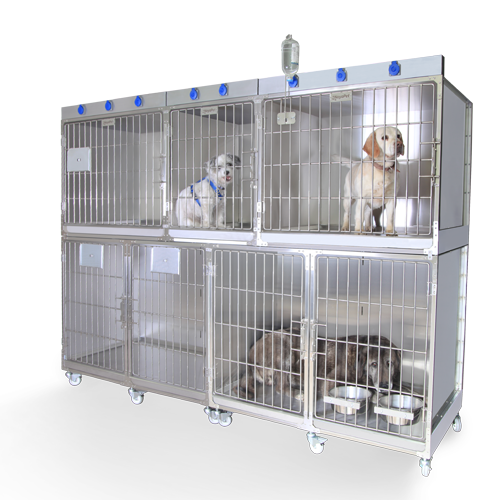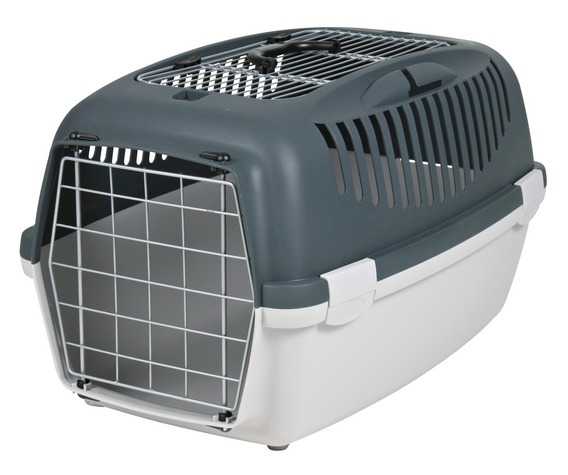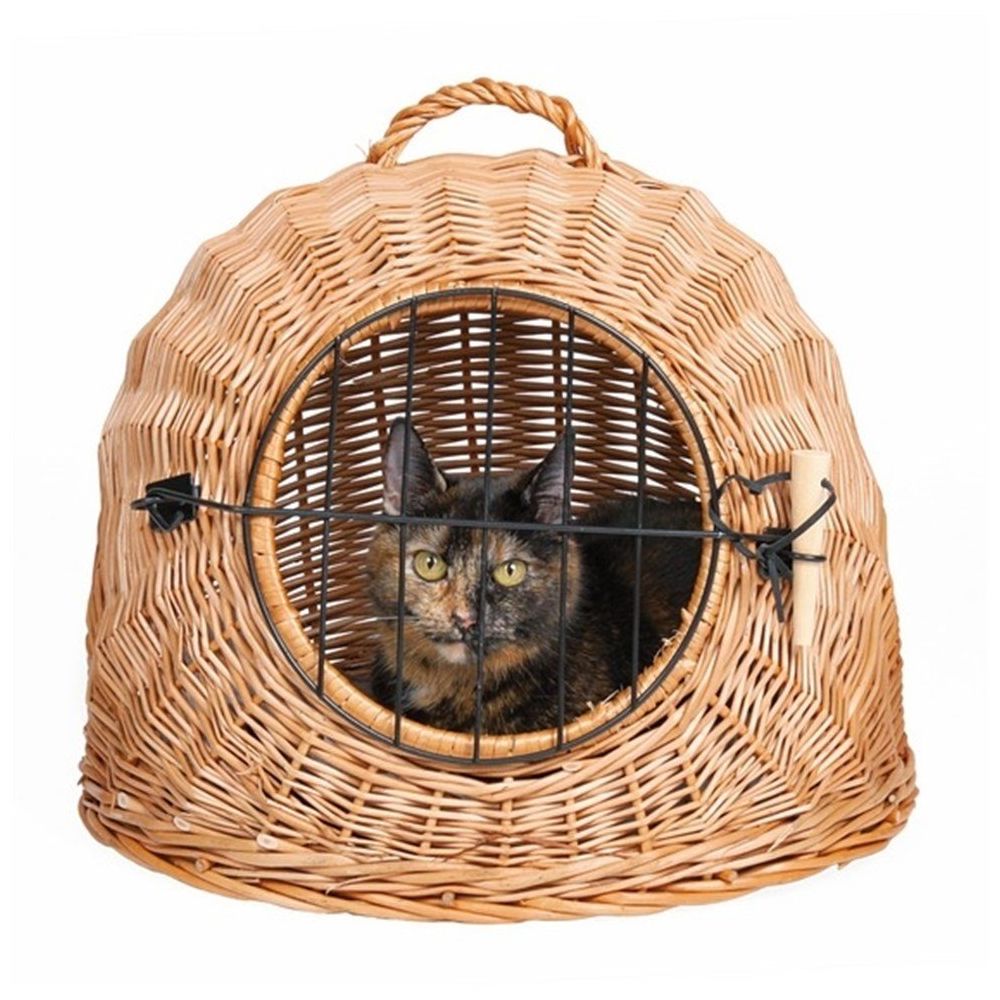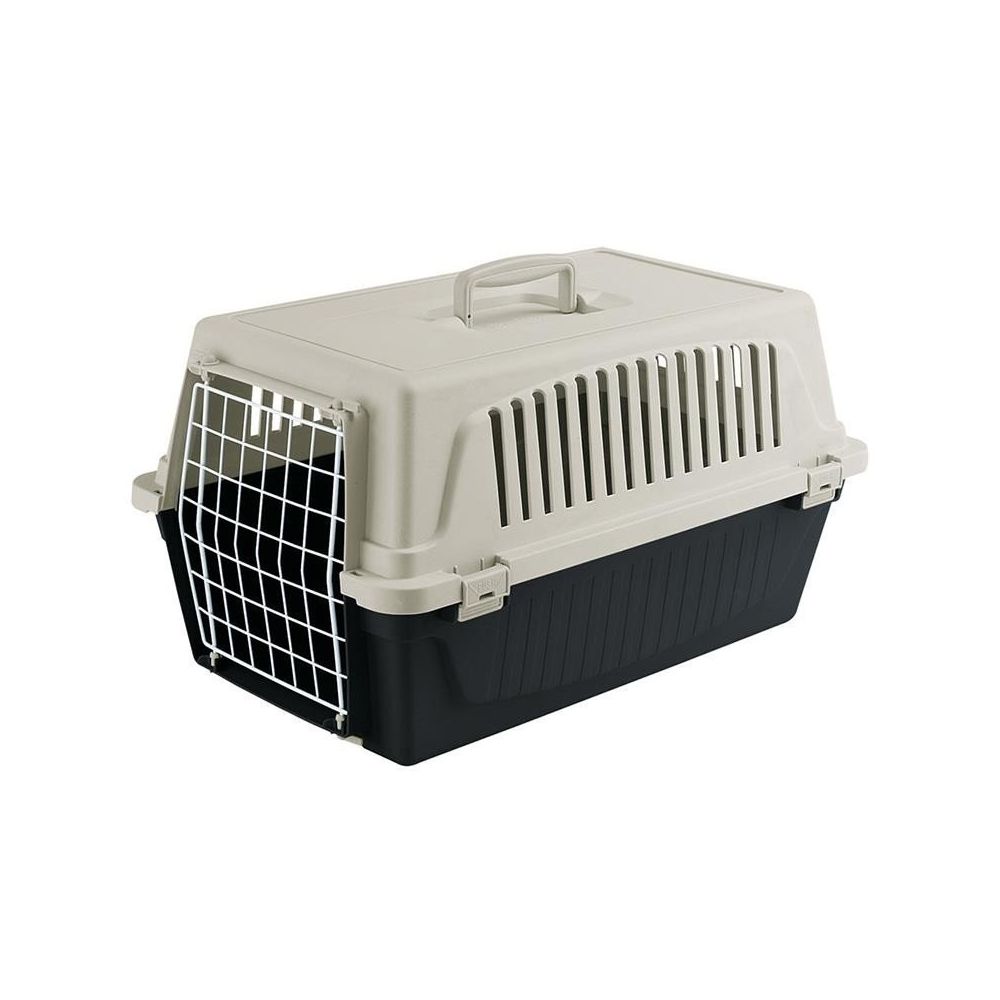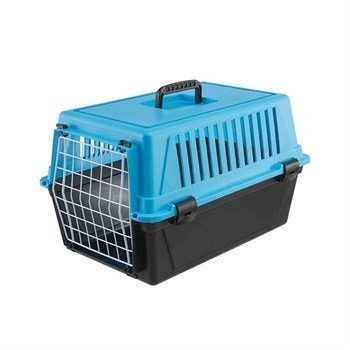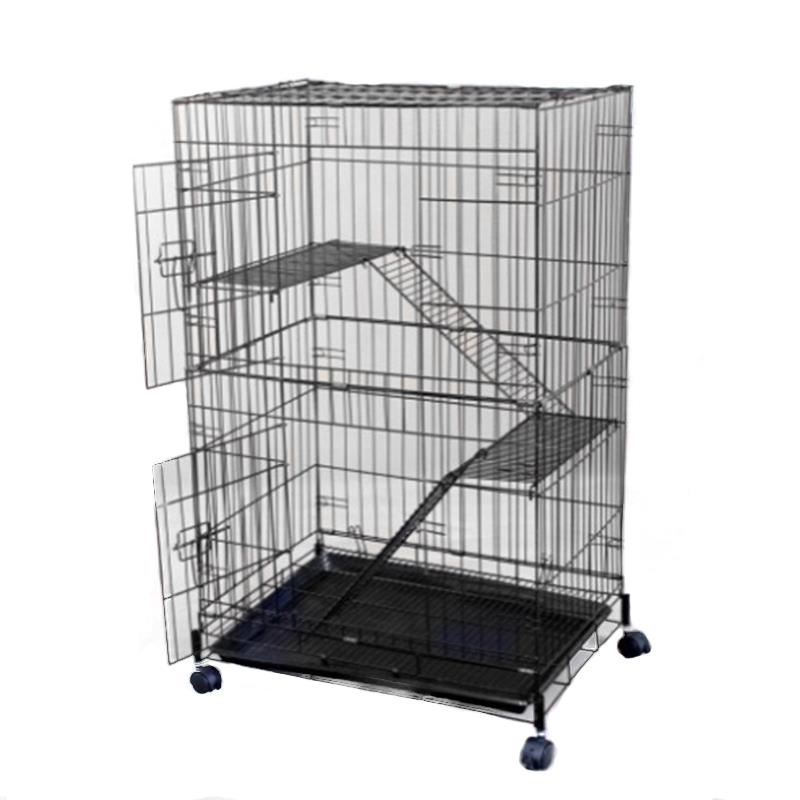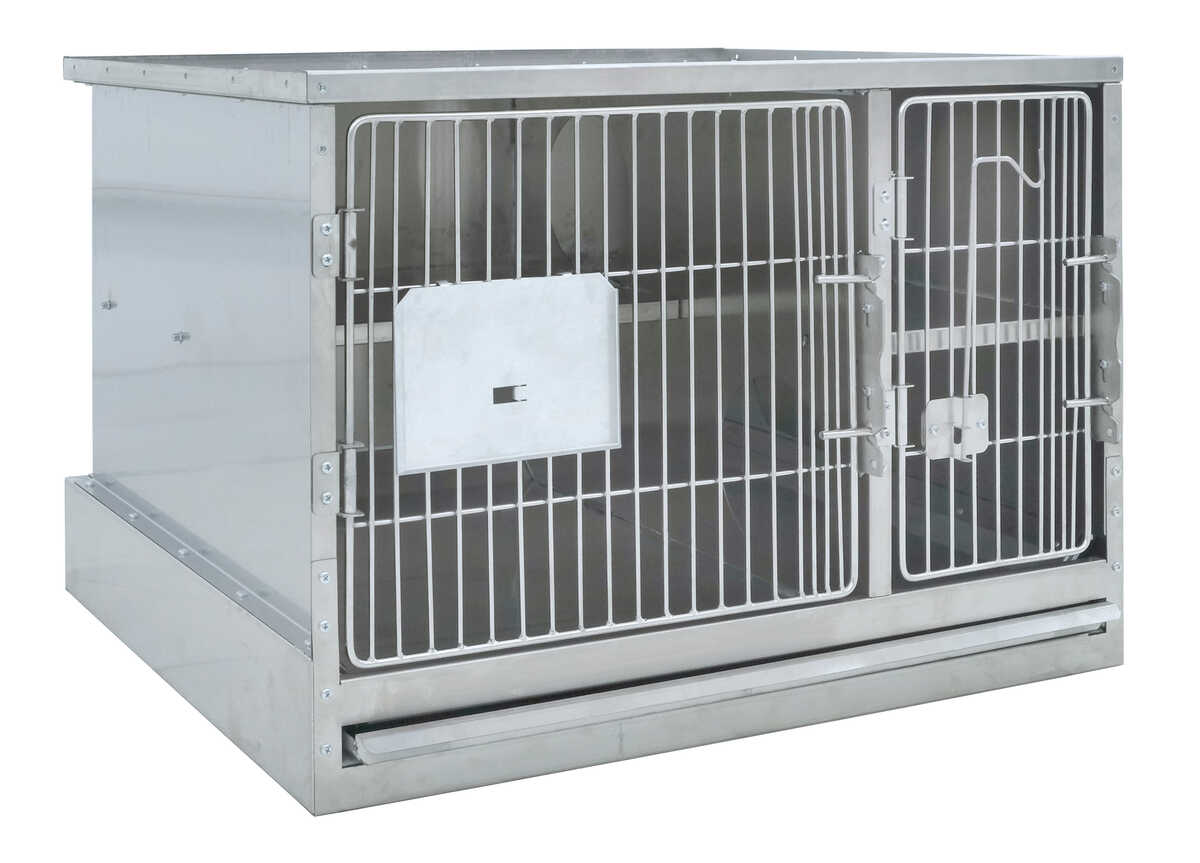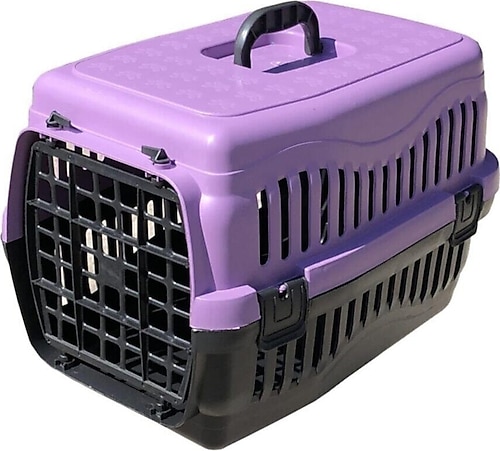
Pet Style 50 cm Kedi Köpek Taşıma Çantası - Mor Fiyatları, Özellikleri ve Yorumları | En Ucuzu Akakçe

Kedi Kafesi Taşınabilir Kedi Kafesi Evcil Hayvan Kafesi Evcil Hayvan Taşınabilir Kedi Kafesi Sağlıyor uygun fiyatlı satın alın - fiyat, ücretsiz teslimat, fotoğraflarla gerçek yorumlar - Joom
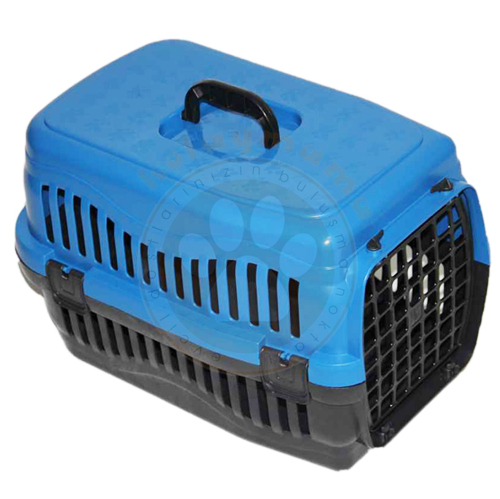
Pet Master Kedi ve Köpek Plastik Taşıma Kafesi Mavi (50x32x31 Cm) - Köpek Kulübe ve Taşımaları, Kedi Yatak ve Taşımaları - Pet Master

Kedi kafesi Villa boy ücretsiz uzay ev kedi kafesi kapalı iki katlı tuvalet kedi Pet kedi evi kedi evi
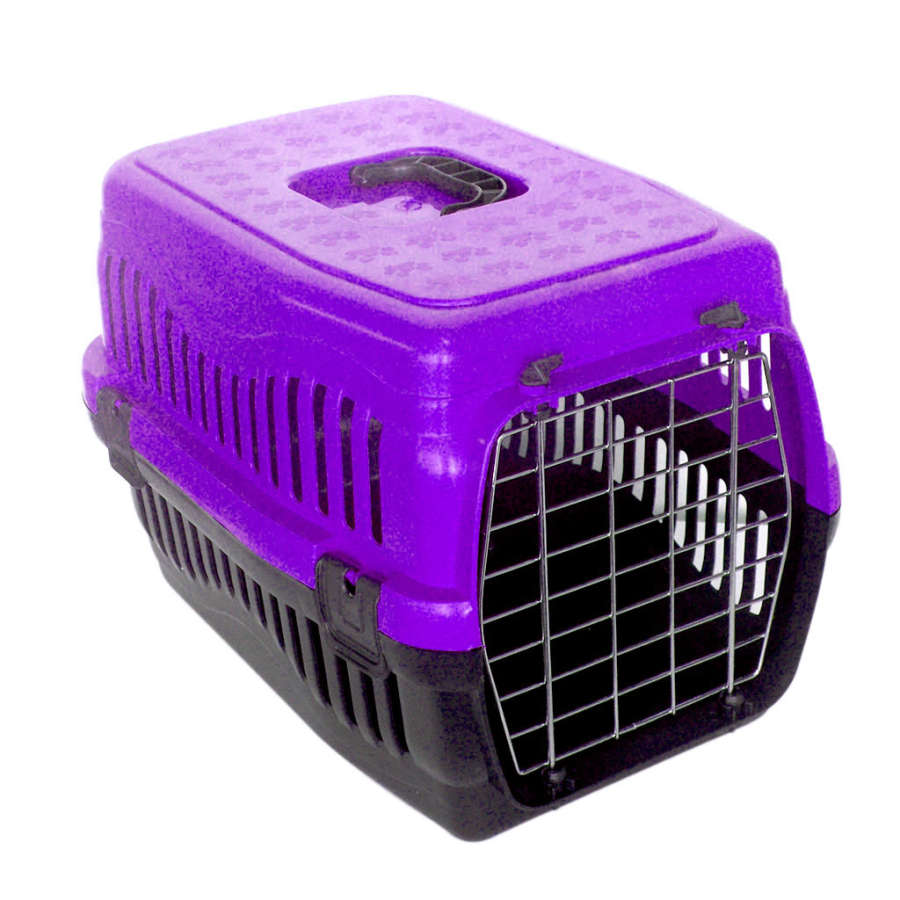
Kedi ve Küçük Irk Köpek Metal Kapılı Taşıma Kafesi Mor (48,5x32x32 Cm) - Köpek Kulübe ve Taşımaları, Kedi Yatak ve Taşımaları - Diğer / Other

Kedi Kafesi - Kapalı Büyük Kedi Kafesi ve Çöp Kutusu DIY Kedi Çit Ayrılabilir Metal Tel Kitten Kulübesi Evcil Hayvanlar için Küçük Hayvan Kafesi () : Amazon.com.tr: Evcil Hayvan Ürünleri

Kedi kafesi Villa üç kat süper ücretsiz uzay toptan kedi kafes lüks kedi evi kedi evi kedi evi kedi tarama - AliExpress

